Five ways to be a citizen scientist
From counting underwater critters to identifying birds in the sky, there are plenty of ways to be an everyday scientist
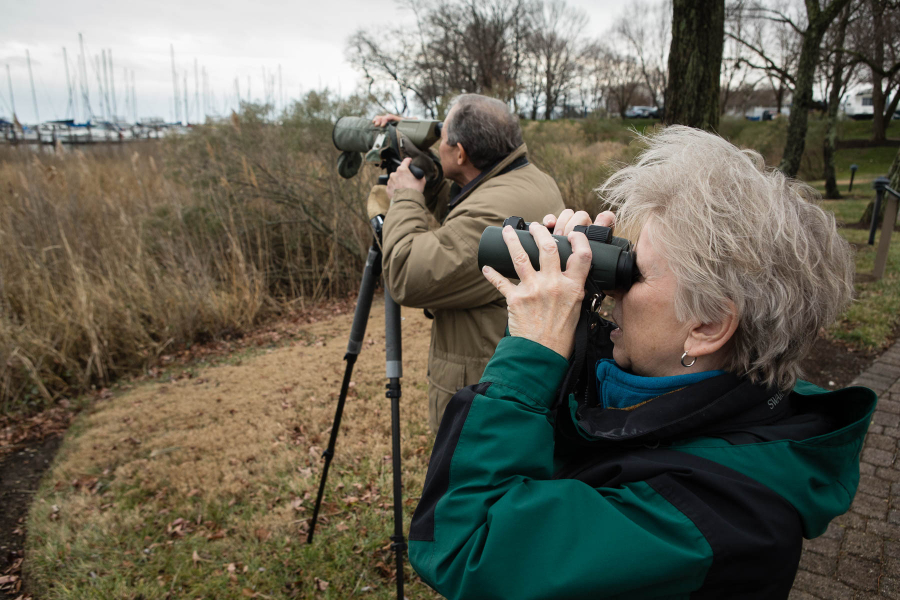
There are plenty of ways that your everyday observations can be put toward a larger body of knowledge. It can be as easy as downloading an app and noting when you see a certain kind of bird, or more elaborate, like choosing a few days each month to collect water samples from your local stream. No matter what you choose to do, you can be a scientist.
Record birds
For birdwatchers (or birdwatchers in the making), there are many different apps available to help you identify and record birds that you see. One app, eBird, allows you to keep track of the birds you see when you are birding. By entering when, where and how you go birding, as well as the birds you see, eBird keeps track of what birds you personally see, while contributing the abundance and seasonal data to all of its users. Another app, iNaturalist, works similarly to eBird but allows you to record almost any species, including mammals, reptiles, amphibians, insects and plants.
If you need a little motivation to get started, why not join a larger effort? Every December, the National Audubon Society hosts the Christmas Bird Count. They’ve held it every year since 1900, meaning you’d not only be helping Audubon researchers better understand birds, but you’d be contributing to one of the oldest citizen science project in the country. If you find you love it, the next event you can join in the Great Backyard Bird Count in February.
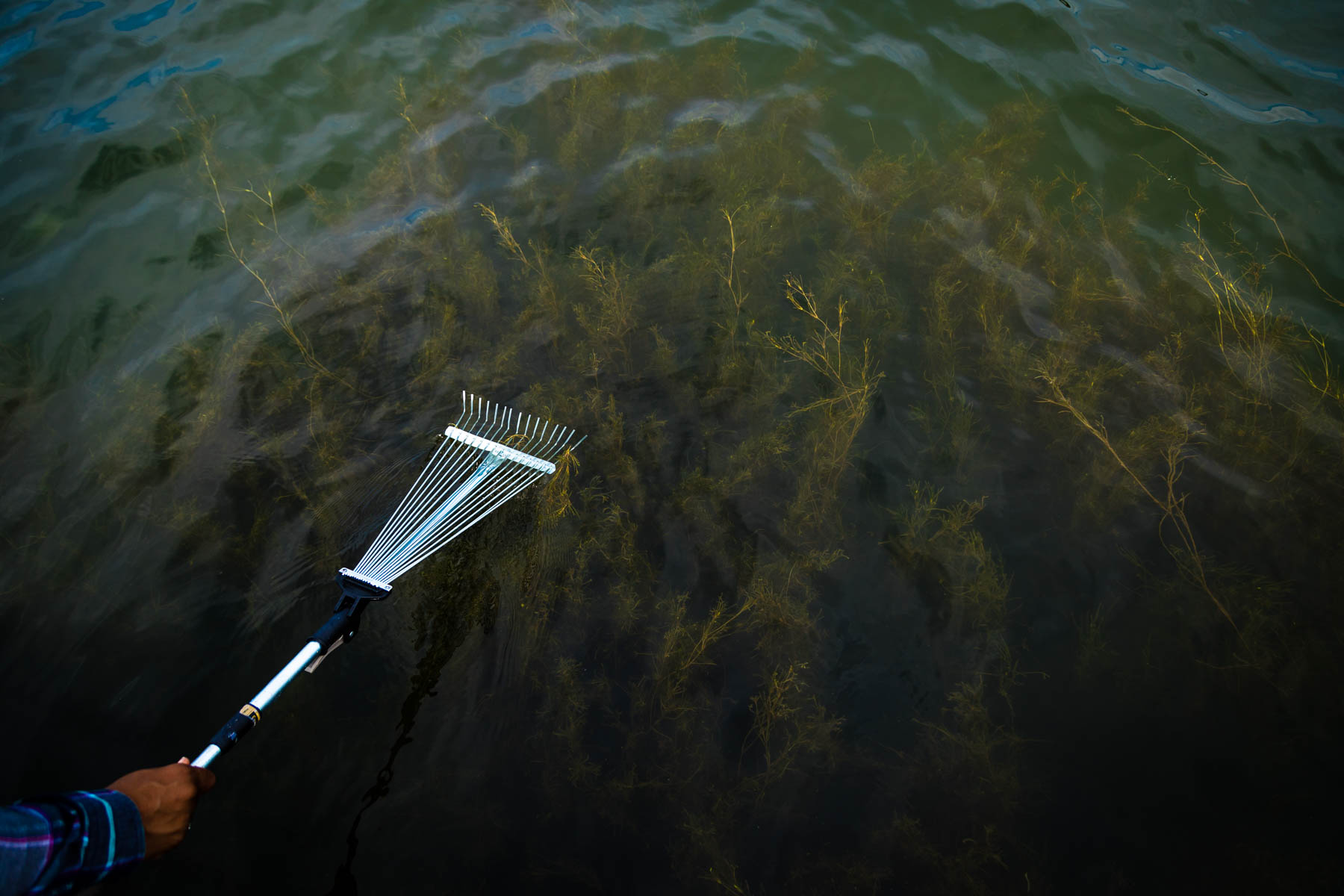
Find underwater grasses
Since 1984, an annual aerial survey has collected images of underwater grasses from above, but even the best cameras can’t determine the particular species or health of the grasses identified. That’s where citizen scientists come in. Volunteers are able to use kayaks and canoes to monitor the location, health and species of underwater grasses.
Want to take part? Funding by the Chesapeake Bay Program recently allowed Chesapeake Commons to expand its Water Reporter app. This allows anyone with a smartphone to report when they see underwater grasses by downloading the app, joining the Chesapeake SAV Watchers group and uploading information whenever they are on the water.
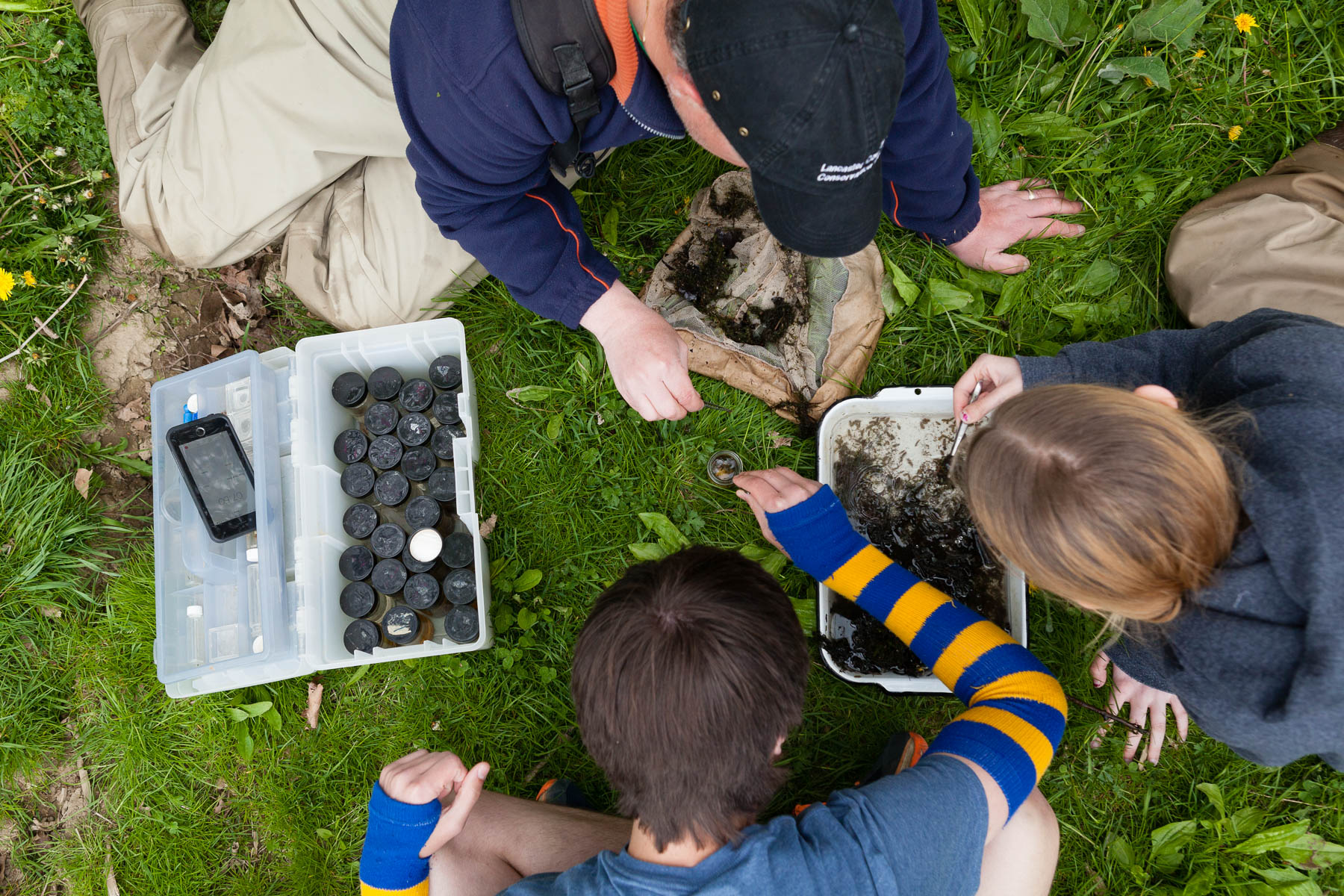
Identify benthic organisms
Benthic organisms—which include bottom-dwelling critters such as worms and aquatic bugs—are a great way to determine the health of a stream. There are some that can handle high levels of pollution, while others require pristine waters, so identifying and counting the number of benthic organisms is a quick and easy way to get a snapshot of stream health.
Collecting samples and identifying tiny critters can be fun for scientists of all ages, so look for a group near you that has a benthic or macroinvertebrate sampling program.
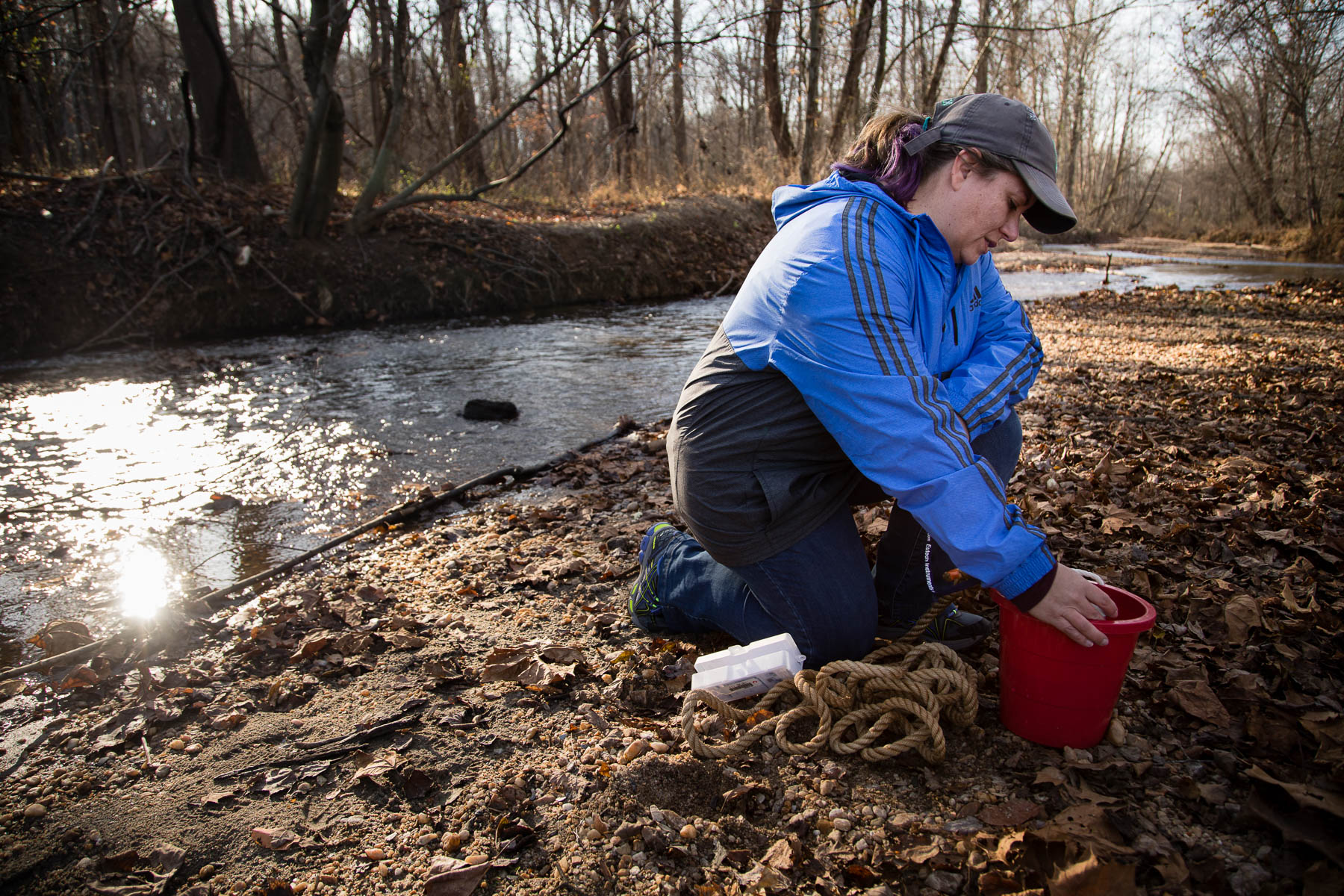
Monitor water quality
Put the “science” in “citizen science” by participating in water quality monitoring. This is a great way to get to know your local stream, and can be as simple as recording temperature or stream height, or more complicated—like testing for E. coli.
If your group is looking for assistance in creating or strengthening a water monitoring program, check out the Chesapeake Monitoring Cooperative (CMC). The CMC provides support integrating volunteer water quality data into the Chesapeake Bay Program partnership, and it provides many services to volunteer groups.
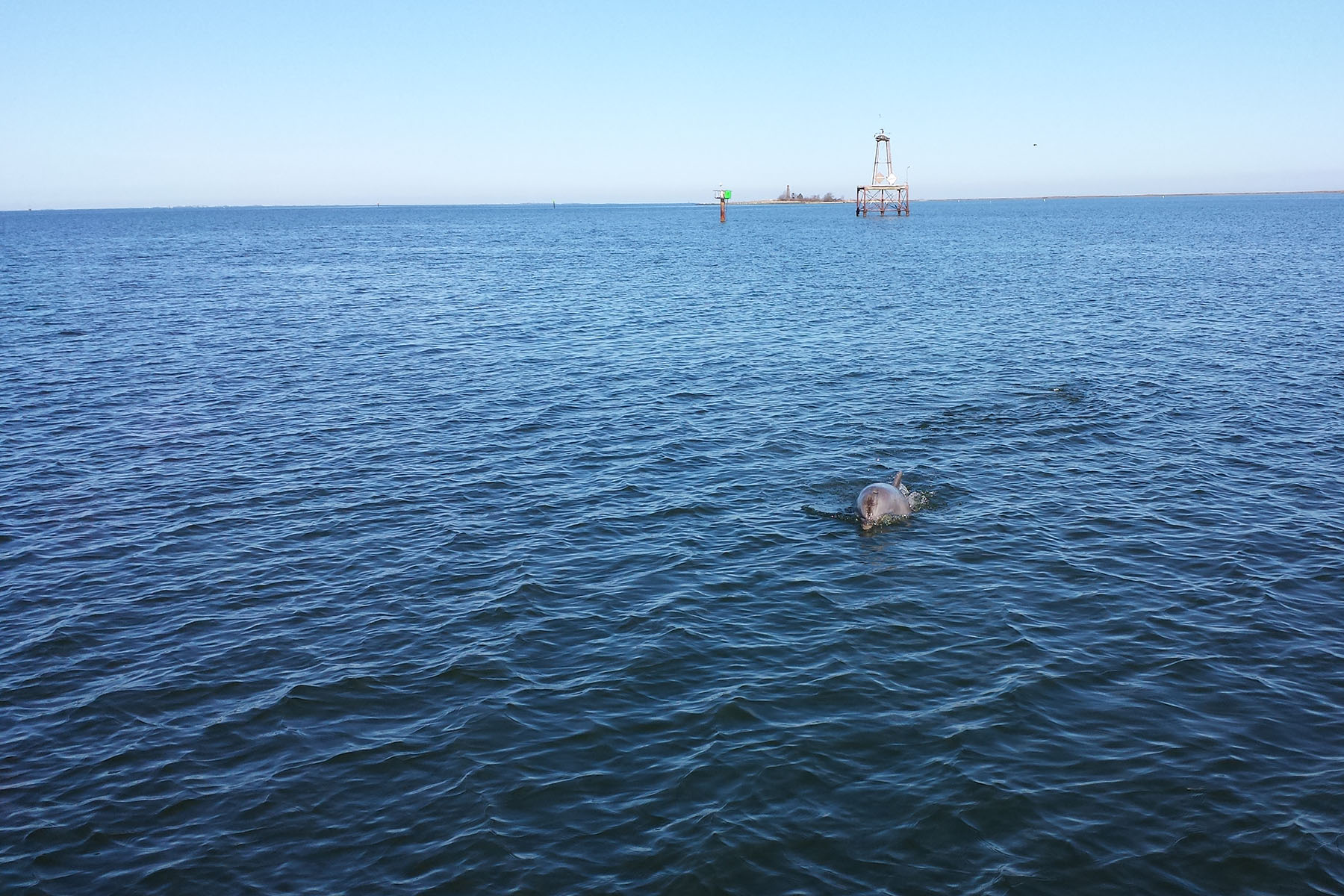
Spot dolphins
Bottlenose dolphins are frequent visitors to the lower and middle Chesapeake Bay in summer, but there are still plenty of questions about how many come, where they go and how long they stay. The Dolphin Watch team at the Chesapeake Biological Laboratory is looking to answer these questions, and is enlisting your help. Through Chesapeake Dolphin Watch, you can record when, where you see dolphins and how many. Sightings are plotted on a map, and you can see where else dolphins have been spotted in and around the Bay.
Are you involved in a citizen science project? Let us know in the comments!

Comments
It's the 13th of August and I was out looking for the dolphins again. And about 6:40 this morning I saw them again. But there where only five heading toward the bridge. I hope this helps.
Chelsea
Hello,
I do not know if this will help, but this morning about 7:50 8/12/2020 I spotted about 7 dolphins headed toward the Chesapeake bridge. Now we stay at the Holiday sands Hotel on the fifth floor of the tower rooms with balconies. I always look for the dolphins and I've never been disappointed.
I hope this gives a little bit of information you need. If I see more I'll let you know we check out and go home on 8/15/2020.
Chelsea
I live off Harvey's Creek, actually part of Ingram Bay, in Virginia. For the past month, I have notice increased dolphin sightings. Thursday, Sept 19th, I spotted a "pod". 3 adults and 2 juveniles. 2 of the adults were circling out in the middle of the creek, and one adult was swimming closer to shore, but when she (I assumed it was Momma), would surface, a few seconds later, 2 little dolphins would then also. I took video's, not the best. Hard to figure out where they will come up again.
I also have a picture of a bald eagle on my pier.
Is there something I can do to help with your program? I have a camera, a calendar, a tide clock, regular clock, and a gauge to measure current top water temperature. I also can start a notebook to gather my findings, if you are interested.
Susan Blum
Thank you!
Your comment has been received. Before it can be published, the comment will be reviewed by our team to ensure it adheres with our rules of engagement.
Back to recent stories